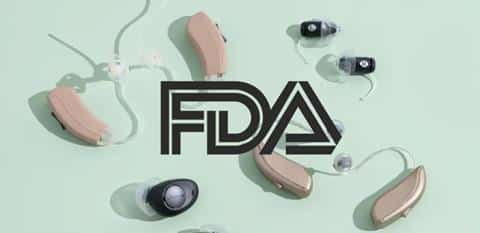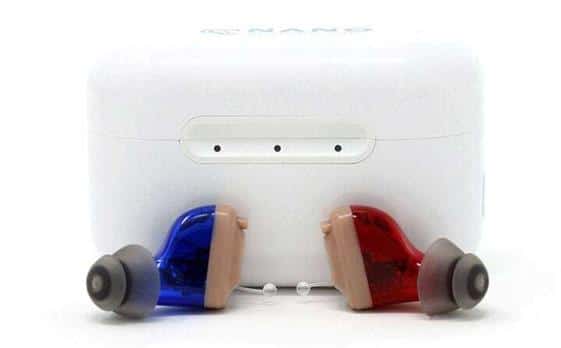
Dear Avalon family,
Do you have this thing about having to buy new blue jeans? I do.
So often, by the time you break in a pair of jeans, they become ‘outdated’ or wear out. You often don’t know where to go, so you try a bunch of different stores. Or you go online and do your shopping. That’s even more stressful because you can’t try them on until you buy them.
Buying OTC hearing aids reminds me of the stress of buying new blue jeans
Here are just some of the questions that come to mind for me:
- How do you know where to go to buy over-the-counter hearing aids?
- What style should I choose?
- How will you know if the OTC hearing aids are a right fit for you? By that, I mean both physically fit right, comfortable to wear but also, electronically fit correctly for your unique hearing loss in quiet settings and noisy environments.
- How much should you pay for OTC hearing aids?
- What do I do if they don’t fit me? Have I wasted my time and money?
These are all big questions with complex answers
The answers are complex because human beings, their ears and their hearing losses are complicated. Every person and every hearing loss is unique. OTC hearing aids are only for people with mild to moderate hearing losses. Do you know the severity of your hearing loss? Most people don’t. And remember, most people will buy OTC aids without having their hearing tested. Luckily, the FDA ruling limits the maximum loudness or sound output of over-the-counter hearing aids in order to protect your hearing from further damage.
Imagine going into a store and figuring out which OTC hearing aids are right for you
Let’s pretend that there are 6 different makes and models to choose from. I just realized that the OTC hearing aids will have to be locked up or behind the counter. Some clerk may have to show you them. Chances are the clerk won’t know much about these OTC hearing devices.
The most common type of OTC hearing aid will be the BEHIND-THE-EAR

That’s because this style of aid is more flexible when fitting it to all the different shapes and sizes of ears.
The main piece (which holds the microphone, amplifier, receiver, and some type of processor) sits on top and slightly behind the ear. There will be a variety of thin tubes to select from but how do you know which length is right for you.
Trial and error. (Just like trying on different blue jeans.) The tube will need to be screwed or snapped on, and then put it into your ear to see if the tube sits close to where your ear meets your face. Good luck with that. Inserting the device into your ear is a whole other challenge.
As a trained and experienced professional, it can take us up to three appointments to get the right tube length combined with the right-sized dome, to achieve the best comfort and have it stay in your ear.

Now, let’s talk about the dome that goes at the end of the thin tube. You will probably have a selection of three sizes, small, medium, and large. Like Goldilocks in the Three Bears, you’ll have to find the one that is just right for you!

Just thinking about this and writing it makes me anxious
I’m curious if you feel anxious just reading it! I can’t even imagine a person who does not want to admit that they have a hearing loss, going through all of these steps, and making decisions based on an instruction manual or smartphone app.
Some aids will work with your smartphone and cost a lot more, but others will have pre-programmed settings or volume control.
IN-THE-EAR Style hearing aids may also be sold over the counter
There are two other styles which include a full-in-the-ear model and a smaller in-the-canal model. I’ve been in the hearing healthcare field since 1980 and I have seen many renditions of these styles over the years. Some you buy in the back of a magazine. Others you buy online directly from a retailer. Often, people find them uncomfortable, or they don’t stay in their ears very well. Frustration grows, and people get resigned and give up. Here’s what they look like:

Next week, I’ll open up a ‘can of worms’ and discuss how you will have to adjust the OTC hearing aids to try and match your own hearing loss.

In the meantime, if you or someone you know is struggling with their ability to understand, please start with a free EDUCATIONAL Hearing Test and Consultation at Avalon. We would be honored to check your hearing and educate you and your loved ones about your unique hearing loss. It’s complicated! And we know how to make this important decision to seek hearing help as simple and easy and pleasant as possible!

P.S. OTC hearing aids will range from $200 – $3000 but on average will be around $500 – $700 for a pair. That’s a lot of money if it doesn’t work well for you. Make sure that there is a minimum of a 30-day refund option but be sure to read the fine print about return privileges.

